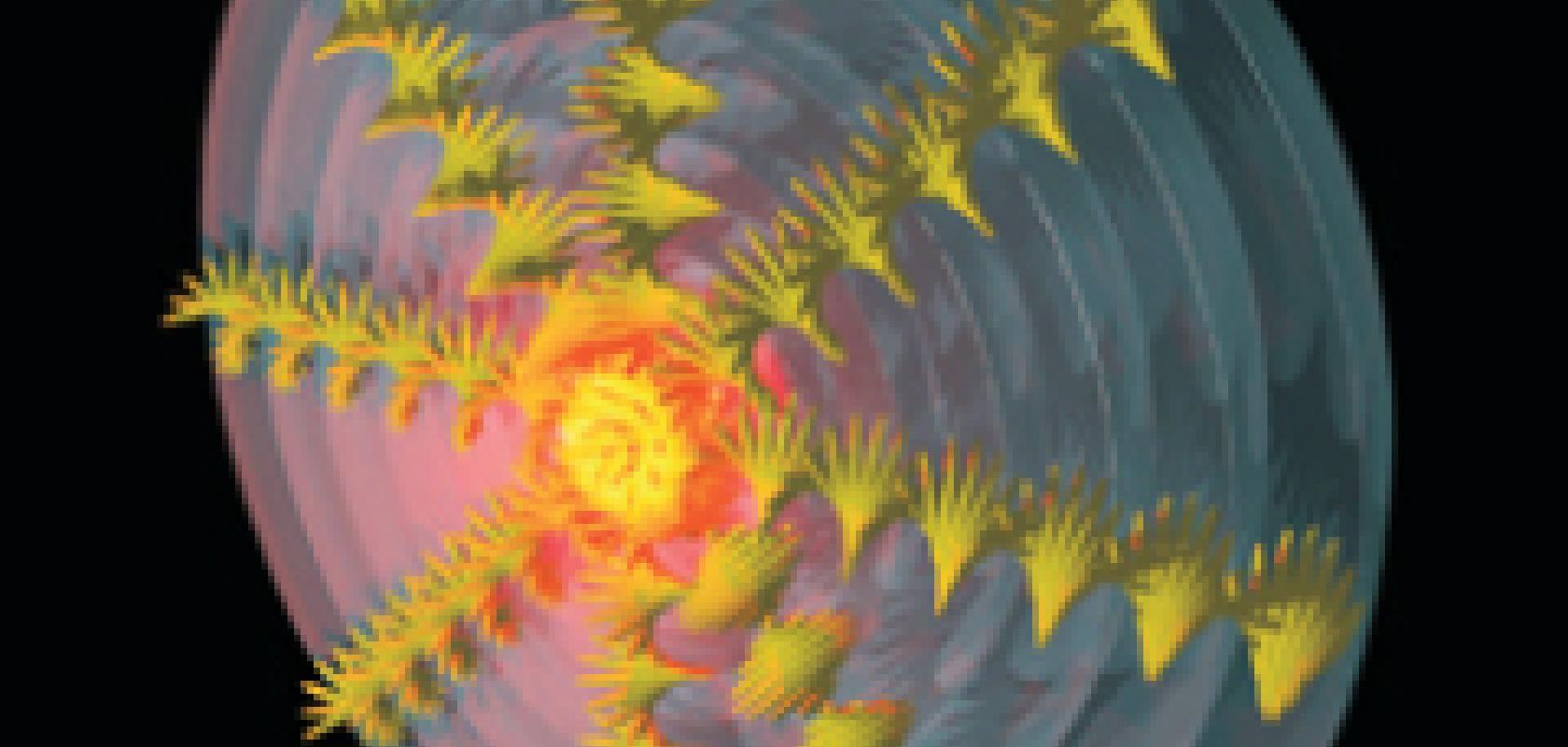Researchers at the Soft Matter Laboratory of the Jozef Stefan Institute (Ljubljana, Slovenia) have published details of a new type of self-assembling 3D microlaser, which they believe could find applications in electronic gadgets by being small, precise, and inexpensive to produce. Describing the device to Optics Express, an open-access journal published by the Optical Society (OSA), Slovenian scientists Matjaz Humar and Igor Muševiè call their creation the world's first practical three-dimensional laser - a microdroplet 3D laser system in which laser light shines in all directions from dye molecules lodged within spherical droplets of helical molecules, which are dispersed in a liquid solution.
'This is the first practical 3D laser ever produced,' says Muševiè, who expects that the microdroplet lasers, which can be made by the millions in seconds, will be used in making arrays of coherent light emitters. These, he says, will be handy for a variety of imaging purposes, such as internal-source holography. Here a 3D laser would be embedded inside the object, which is to be imaged; light coming directly from the source interferes with the light scattered by the surroundings. A 3D image of the object can then be reconstructed from the interference pattern.
The helical molecules are cholesteric liquid crystals, related to the molecules that form the backbone of liquid crystal displays. The cholesteric molecules don’t mix well with the surrounding polymer liquid, and this incompatibility sets up a curious condition; the refractive index of the cholesteric liquid crystal varies periodically outwards through the body of the 15µm-sized droplet. The researchers say the droplet can be thought of like an onion, with the each layer corresponding to a material with a different refractive index.
Most lasers possess two important ingredients: an active medium in which energy can be turned into light and amplified, and some resonant enclosure in which the developing coherent light can build up to a potent beam emerging as laser light. In the case of the microdroplet laser, the active medium consists of the fluorescent fluorescent dye molecules nestled in the liquid crystals. The resonant enclosure consists not of the usual longitudinal shaped mirrored cavity, but of the nested sequence of 'onion-layer' regions of changing index of refraction.
The developers add that two additional features make this laser design useful: First, the laser components are self-assembled. Instead of an expensive fabrication process, the various components of the laser arrange themselves spontaneously by virtue of the their chemistry. Secondly, the laser can be tuned; by changing the pitch of the helical molecules (analogous to the angle of a corkscrew's thread) the wavelength of the resulting light can be altered.
'Scientists have been trying to make these lasers from solid state materials, but you can imagine how difficult it is to make hundreds of alternating shells of optical materials, which should be very uniform,' said Muševiè. 'The beauty of our approach is that such a 3D onion droplet is self-assembled in a fraction of a second.' To tune the laser, they add, one need not replace the droplets; their optical properties can be changed by modifying the temperature. Tuning might even be accomplished by applying an electrical field to the drops.


